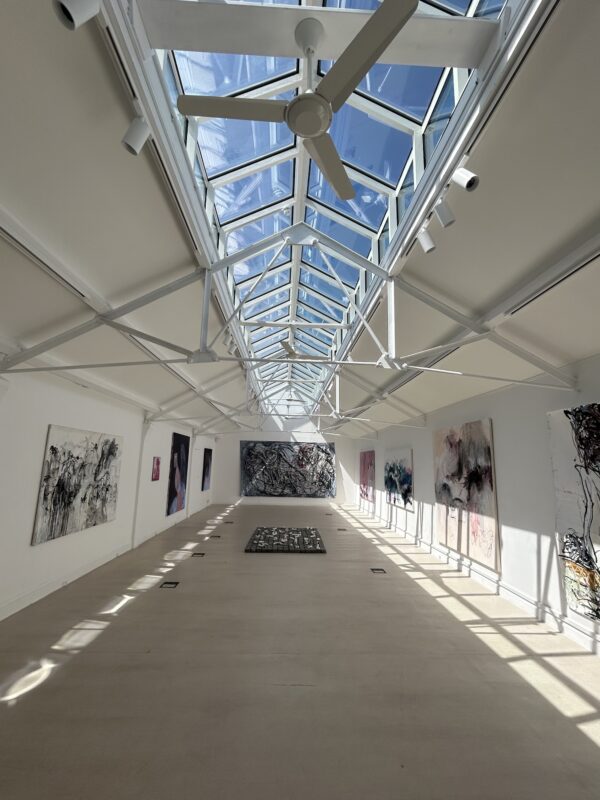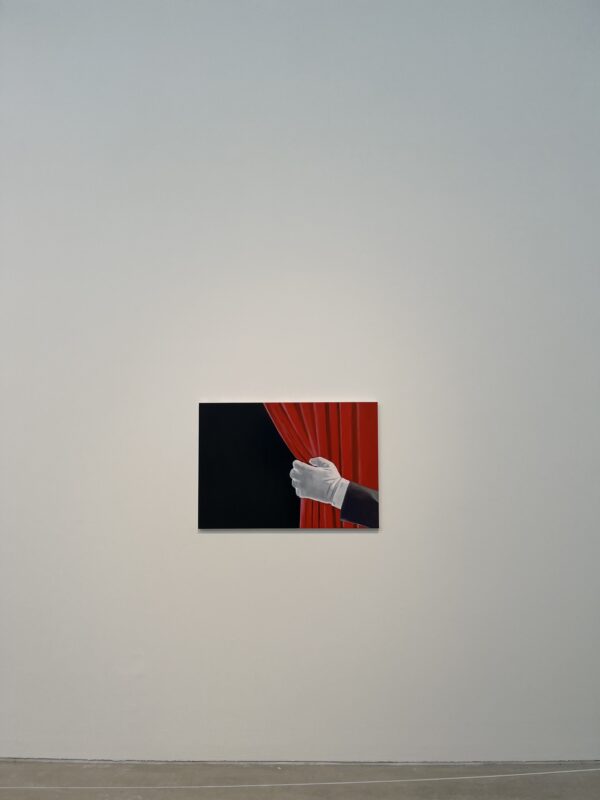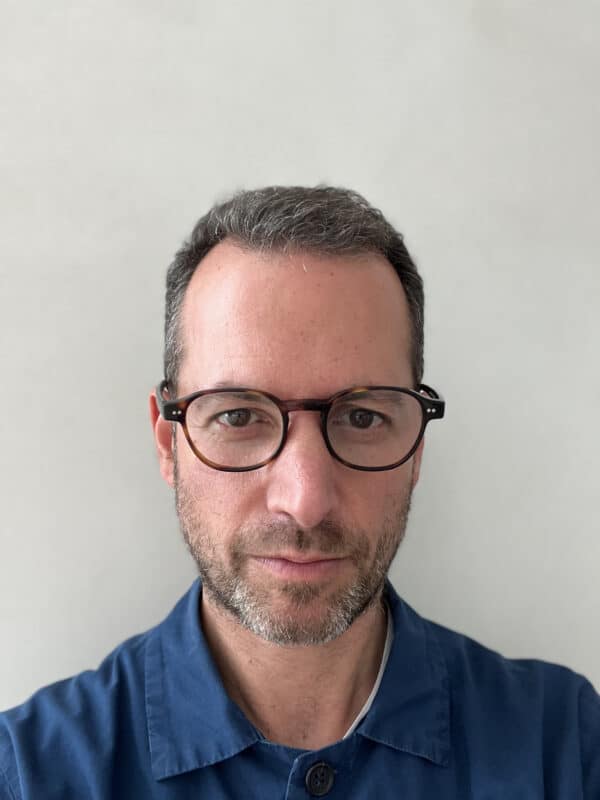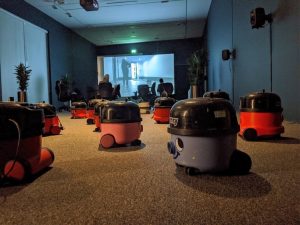In recent years, there’s been a proliferation of shows on women artists working in abstraction in the later half of the 20th Century — Moma 2017, Pompidou 2021, Guggenheim 2022, Tokyo and Whitechapel in 2023 — to the point an ArtReview opinion piece asked: But are they actually working though? Or is this becoming a bit derivative?
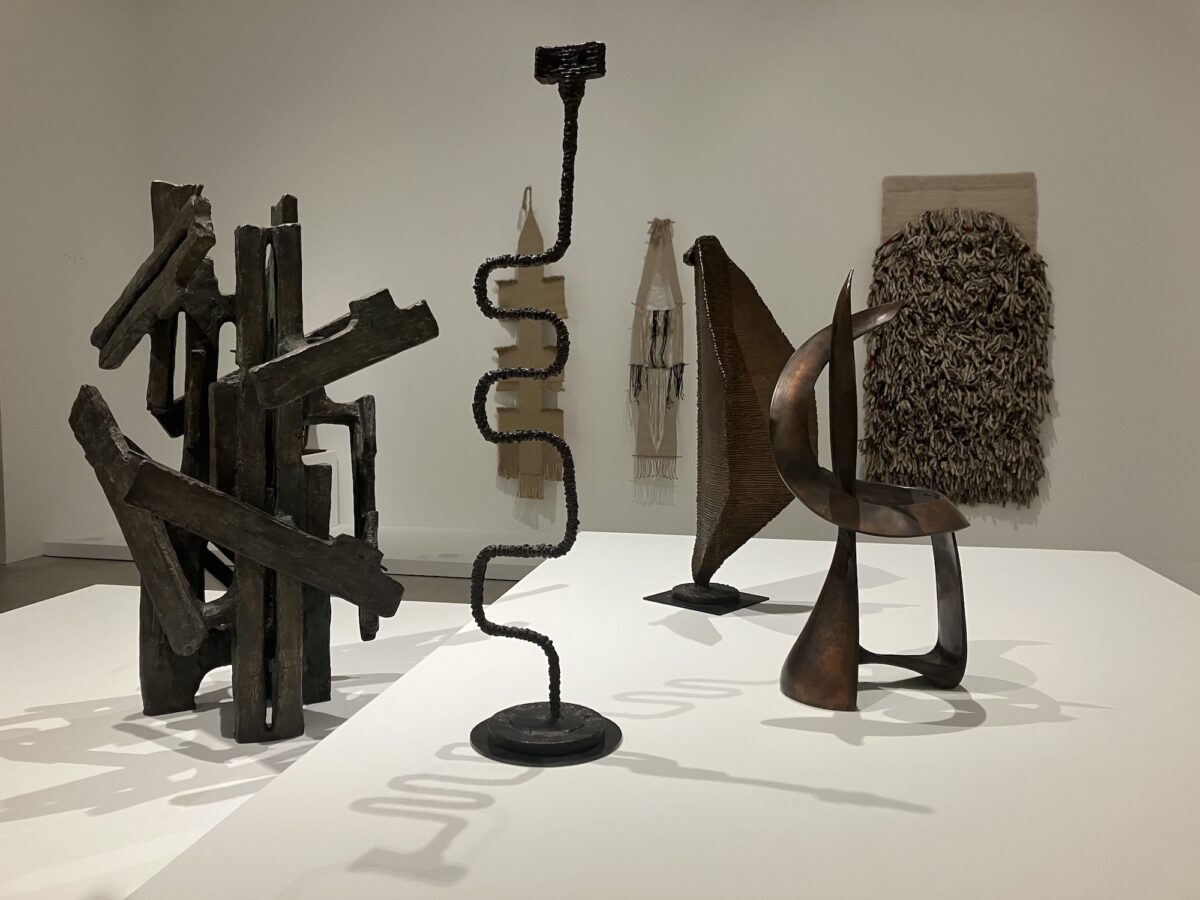
Turner Contemporary’s latest exhibition, Beyond Form: Lines of Abstraction answers this question: yes, they can work. They can work really well; as this one does.
One of the ways this worked was the show’s title. Deliberately omitting the word ‘women’ (despite it covering the work of over fifty international women artists from 1950-70), was a tactical move. It suggests that we don’t need to look at these pieces of abstract work solely through the gender of the artist. Some clearly, have an explicit feminist agenda where context is helpful (see Hannah Wilke’s Five Androgynous and Vaginal Sculptures (1960-61) in the Abstract Body room), but more often than not they’re artists working between 1950 and 1970 who are challenging to go beyond form.
What also worked well with the show was its tone. We certainly didn’t need another show that coddles women artists (where we can ‘celebrate’ them; but not look at them critically). Nor did we need another David & Goliath set up where a women’s artistic integrity comes only from the fact they’re been dealt a bad hand in history; where they’re described only in terms of a kind of ‘clap back’ against the machismo ‘all boys club’ of Willem De Kooning, Pollock — known as the of hard-drinking, paint flinging American heroes — but not in their own right.
So Beyond Form felt like a refreshing reset: where our narratives on abstraction didn’t have to be set up as a battle of the sexes. It felt like an additive contribution to how we’re revising the story of abstraction, which understood the complexities and potential potholes of all-women exhibitions, and dealt with it sensitively.
Another good call is how the show decidedly removes the impression that female abstract artists of the period had any sense of collective practice (they didn’t; they still don’t), which is hinted at by the second part of the title: lines. Sure, there are points of connection made to help you understand the movement as a whole — the exhibition itself is split thematically into five rooms, Beyond Form, The Abstract Body, Making, Lines, and finishing at Black, White and Grey — but what this exhibition feels at pains to say is: There isn’t, and was never a distinct, visible ‘female’ language of abstraction.
From the first room — you get this impression. The artists here are brought together by challenging the idea that art should be something that’s solid and still, and not by their gender. It’s also a decidedly international mix of artists: Brazilian, Lebanese, Polish, Indian, American, British.
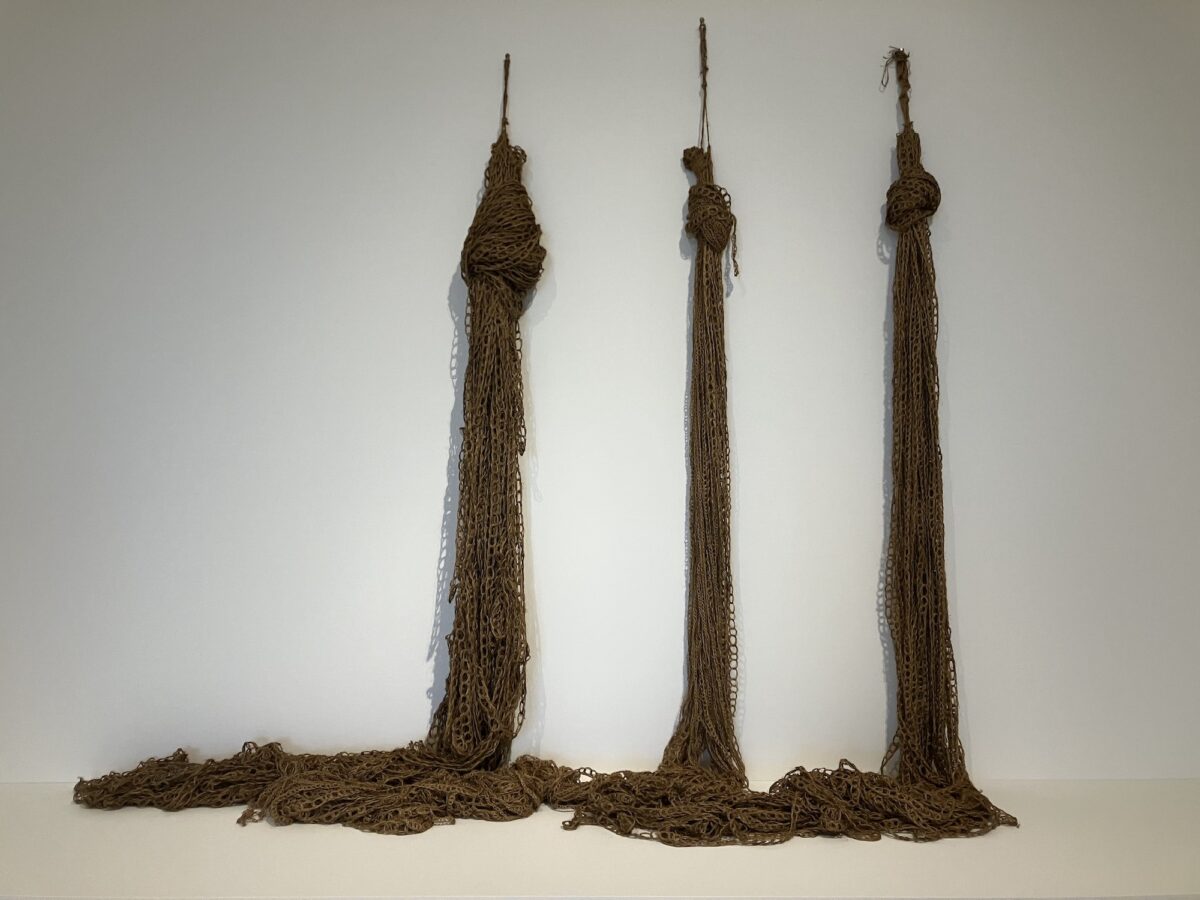
Their motivations too, for going beyond figurative art, wildly varies. Maria Teresa Chojnacka’s Làncuchy (Chains) (1973) monumental sisal yarns, looped and architectural, offer a perspective entirely different to Lygia Clark’s ‘Bichos’ (Creatures), for example, made from hinged aluminium sheets, intended to be manipulated by viewers, challenging the space between audience and viewer.
Which again, diverges from Howardena Pindell’s sheer layering of painted circles in Untitled (1972), which, is said to reference the racial segregation she experienced growing up in the US. Pindell had a memory of her father drinking from a glass with a circle on it — a mark designated for use by people of colour. So the work is asking us — can even a circle be neutral?

The second room: The Abstract Body, probably has some of the more well-known names: Hannah Wilke, Louise Bourgeois, Eva Hesse. But there were some interesting pieces by never before exhibited works — one of which was The Open Man by Polish artist Ewa Pachucka, a kind of fragile, threadbare, unravelling man with his insides unspooling. It felt even more evocative, positioned in contrast next to Louise Bourgeois’ Avenza (1968-69) — a kind of pulsating, androgynous, muscular slab of plaster and latex.
The show continues — the next room, Making, considers abstract artists who create with their hands: salvaging objects, recycling them, collecting them; weaving, wiring, hanging. Lines of Abstraction next door, takes a literal approach: gathering artists who focused on the line — Carmen Herrera, a Cuban American artist’s work takes her ‘line for a walk’ (as she used to say) in East, which isn’t far from Indian artist, Arpita Singh’s works, spiralling, scribbling; before entering the final room: Black, White and Grey, culminating in maybe the most eye catching work of the show: Marisa Merz’ Untitled (Living Sculpture) 1966, suspended from the ceiling.
Beyond Form: Lines of Abstraction, 1950-1970, – 6th May 2024, Turner Contemporary
